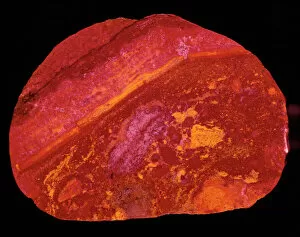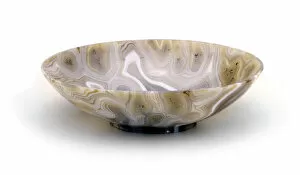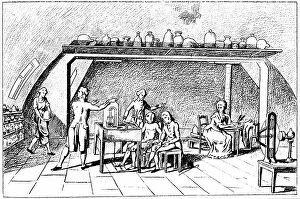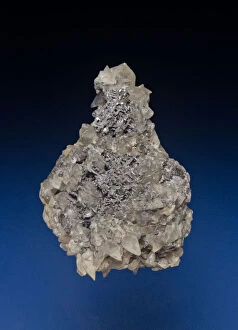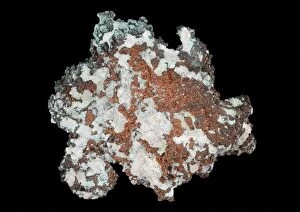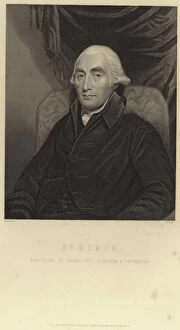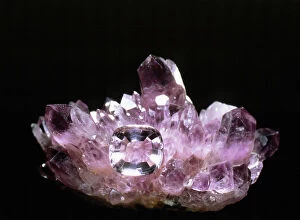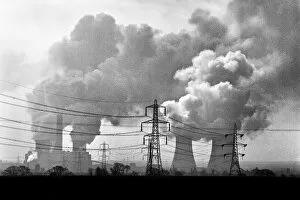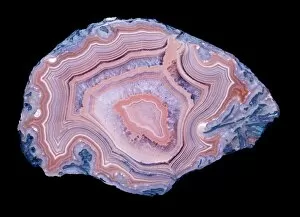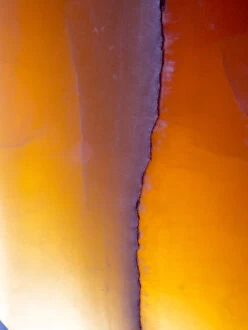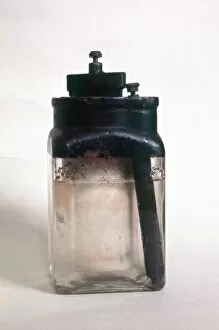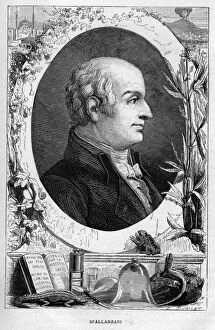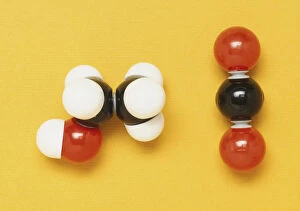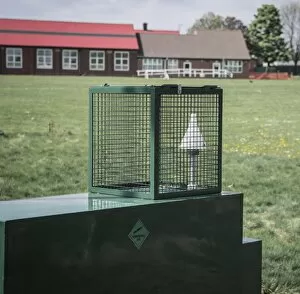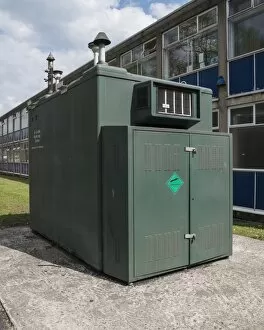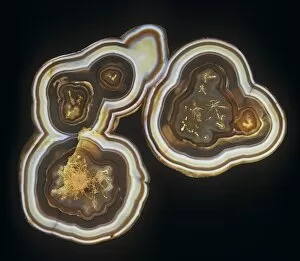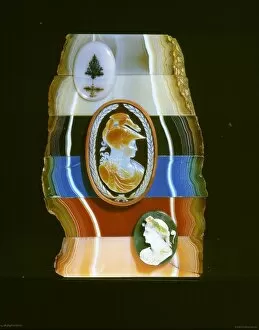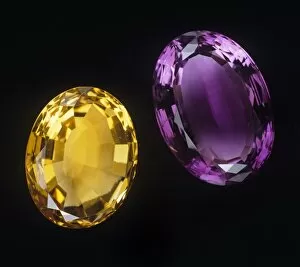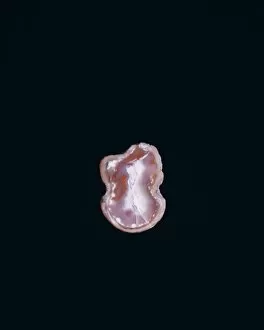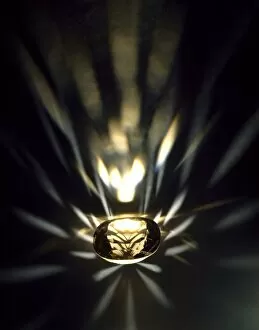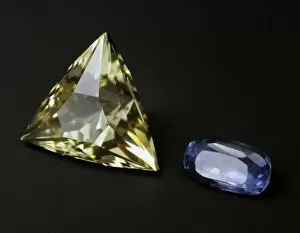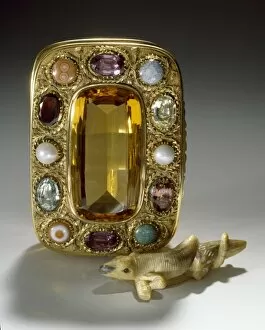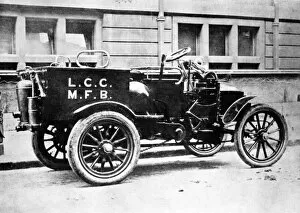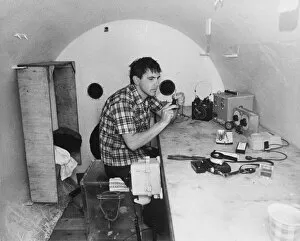Dioxide Collection
"Dioxide: A Captivating Journey Through Shades of Grey and White" Journey with us into the mesmerizing world of dioxide
For sale as Licensed Images
Choose your image, Select your licence and Download the media
"Dioxide: A Captivating Journey Through Shades of Grey and White" Journey with us into the mesmerizing world of dioxide, where shades of grey and white intertwine to create stunning beauty. Picture yourself in a serene setting, surrounded by nature's wonders. In Jasper, an agate bowl catches your eye with its intricate patterns. The contrasting hues of grey and white dance together harmoniously, showcasing the unique allure of this mineral. Traveling across continents, we find ourselves in Derbyshire, England. Galena and Quartz from an uncertain locality captivate us with their ethereal charm. These specimens showcase the delicate balance between dark greys and translucent whites that make them truly captivating. Further south in Cornwall, England lies the South Caradon Mine. Here, Copper with Quartz formations take center stage. The combination of rich copper tones against a backdrop of pristine white quartz creates a visual symphony that is simply breathtaking. As we delve into history, we encounter Joseph Black through an engraving capturing his scientific contributions. This Scottish chemist discovered carbon dioxide - a pivotal moment in our understanding of gases and their impact on our environment. Taking a leap forward in time brings us to an American advert for McCray Refrigerators featuring Snow White Opal Glass. This advertisement showcases how dioxide plays a role even in everyday appliances – reminding us that beauty can be found even in the most unexpected places. Venturing deeper into nature's treasures reveals amethysts shimmering with purple hues amidst layers of grey rock formations. Their vibrant color stands out against the subdued palette surrounding them – like stars shining brightly against a night sky. Transitioning from natural wonders to industrial landscapes leads us to oil refineries and power stations like Didcot Power Station - where dioxide emissions are carefully monitored as part of environmental regulations aimed at reducing pollution levels for cleaner air quality. Education becomes key as student nurses undergo fire prevention training – learning about potential hazards associated with high levels and the importance of safety measures to protect themselves and others.

